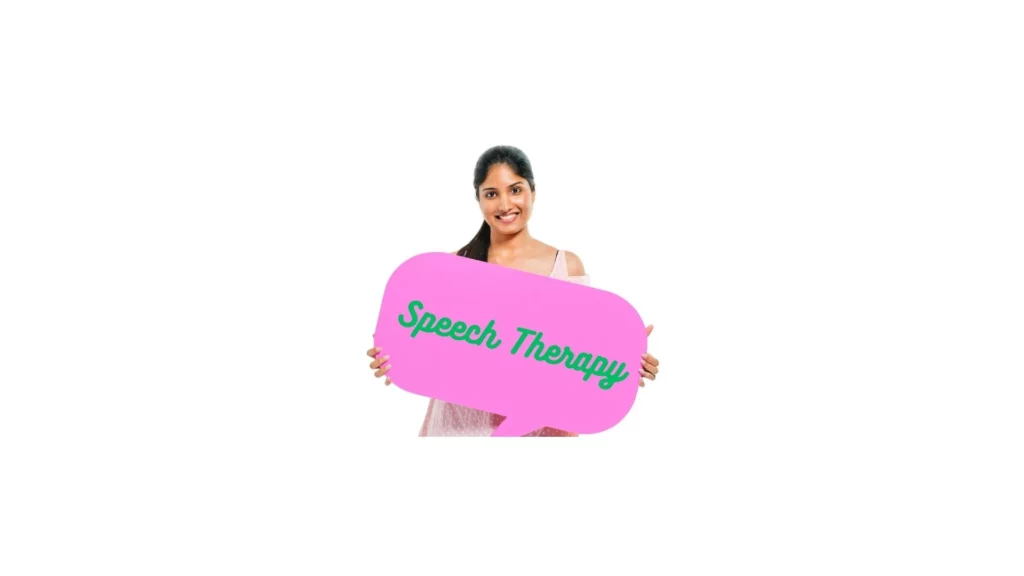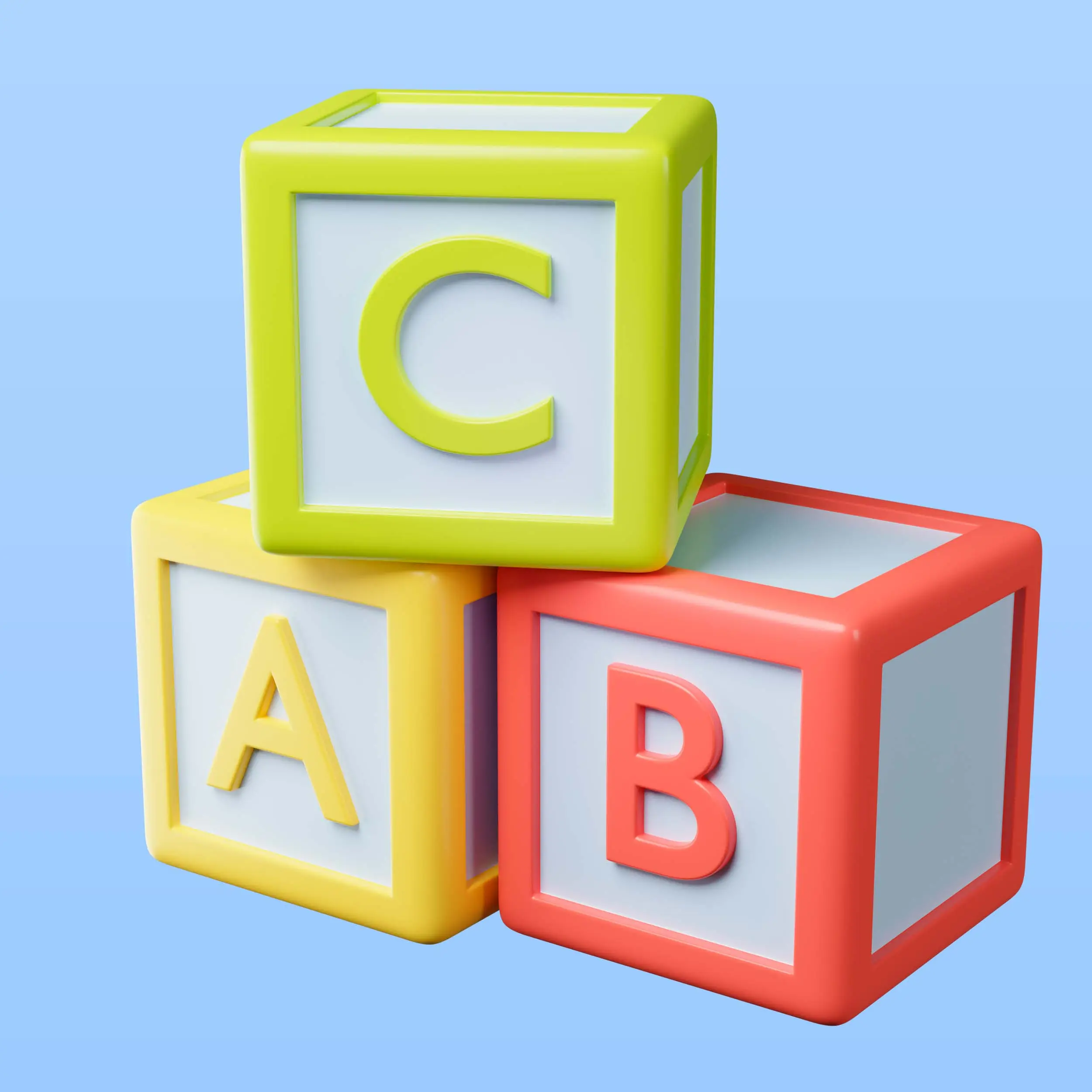
Written by
Sherine Shibu, BASLP
Speech Language Pathologist

Clinically reviewed By
Joan Annie Jacob, BASLP,
OPT(Level 2) Speech Language Pathologist
My child is hyperactive and lacks speech. Does that mean he is a “bad kid”? How do I help him??
Have you ever felt the same way? If yes, this blog will help you know more about your child and the condition ADHD. Attention Deficit Hyperactive Disorder is a condition in which the child presents with reduced attention and increased physical activity. This affects their language development causing difficulty in communication. In such cases, speech therapy may be required to develop language skills and improve communication.
What is ADHD?
Attention Deficit Hyperactivity Disorder is a common neurobehavioral disorder of childhood seen in approximately 3-7% of school-aged children. Its signs can be well noticed during childhood, especially in preschool-aged children.
ADHD is characterised by a typical pattern of impulsivity, hyperactivity, and inattention.
Symptoms of ADHD
ADHD is characterised mainly by three symptoms
- Inattention (reduced attention and distractibility)
- Hyperactivity (always on the move)
- Impulsivity (poor self-control)
These symptoms can occur alone or in combination, depending on the severity and type of condition.
Other symptoms include
- Academic under-achievements (poor grades, low academic performance)
- Difficulty maintaining interpersonal relationships (the connection between family members, team members, and friends)
- Increased distraction
- Poor self-control (impulsive behaviours)
- Frequent shifts in attention/short attention span
- Poor motor coordination
- Irritability
ADHD’s Effect on Speech Development
All the primary features of ADHD (inattention, hyperactivity, and impulsivity) can influence a child’s speech and language development directly or indirectly.
Inattention
Speech and language acquisition occurs in children through listening and exposure to interactive environments. Children with ADHD have reduced attention and get easily distracted by external sources. As a result, they face challenges focusing on what is being said to them. This negatively impacts their speech and language development.
Chronic inattention can also affect their word pronunciation as they do not give much attention to the details of speech. This results in reduced speech clarity and inhibits their opportunity to socialize with their peer groups.
Hyperactivity
Children with hyperactivity tend to show a difference in overall tone and quality of speech (increased volume and pitch). They are also more likely to be at risk of reduced clarity of speech. They may misarticulate, mispronounce words or show disfluencies with excessive pauses or fillers.
Impulsivity
Impulsivity means an inability to delay one’s response to situational demands. Reacting to the environment is the first pre-language skill that should be developed. Children with ADHD misjudge or do not take into account the cues in the situation. Failure to recognize the nonverbal language of those around them reduces these children’s chances of reacting to the environment appropriately.
Another skill that is affected by impulsivity which affects speech is ‘social skill’. Social skills are needed to get along well with others. This includes conversation skills (e.g. not interrupting, staying on topic, etc.), body language (e.g. eye contact, facial expression, etc.), and social problem-solving skills. Children with ADHD are known to spurt out answers more quickly and cannot wait for their turn. They often talk too much, interrupt others, and may make inappropriate comments during social interactions.
ADHD means that a child may be distractible, impulsive, and inattentive in conversations and play. So, a child with ADHD often interrupts, talks all the time, has problems taking turns, and can be loud in social situations.
Speech Therapy for ADHD
Speech therapy involves both assessment and management of communicative difficulties in children with ADHD. It is performed by professionally trained speech-language pathologists, also known as speech therapists, who utilize different stimulation techniques and strategies to facilitate effective communication in these kids.
Stimulation techniques to facilitate communication
General stimulation techniques to improve language and facilitate communication in children with ADHD include,
- Modeling
- Binary choice
- Expansion
- Extension
Here’s how you can help your child with ADHD
Modeling
Modeling is a strategy where the response is “modeled ” or given by the adult, and the child is open to a response.
Example:
Parent 1: (holds ball) “Look! Ball. Do you want a ball?”
Child: (no response)
Parent 1: (holds ball) “Look! Ball. Do you want a ball?
Parent 2 (model): Give the ball (along with a hand gesture)
Child: (may/may not give response)
Binary choice
Have you wondered how you, as a parent, will get a response from the child?? You can elicit speech from children easily by giving them choices.
Example:
Parent: What do you want? (holding apple and pear)
Child: (no response)
Parent: (holding an apple and pear) Do you want the apple or the pear?
Child: pear!
Parent: “Good job”
Expansion
In the early stages, children tend to communicate their needs in one word or in short phrases; by using this technique, you can expand your child’s response in a more complete and meaningful way.
Example;
The child sees a balloon
Child: “ballooo”
Parent: “balloon. Yes, it’s a balloon
Child: “balloon”
Parent: “very good”
Extension
In extension, you can add additional information to your child’s utterance and extend the response. This type of modeling has proved that children are likely to imitate at least part of the extensions spontaneously.
Example;
Child: “Dolly dress”
Parent: Yes. “That’s Dolly’s pink dress.
Child: “ Dolly(’s) pink dress”
Pictures as communication
This is a communication strategy in which the child exchanges pictures of desired objects for the desired object itself. (Asking a child to take a picture of water when in need of water). Using pictures for communication can help the child to reduce the frustrations of not being able to communicate. This can be used along with stimulation techniques or alone, depending on the type of condition.
What Happens in ADHD Therapy?
Behavioural modification is very effective during ADHD treatment sessions in the short term. It may be more effective for some children when combined with drug treatment. This helps in controlling impulsivity, and improving interpersonal behaviour and academic performance. Moreover, all these management efficiencies again depend on the child’s condition and severity.
Treatment programs to control hyperactive behaviours involve strengthening or weakening target behaviours. Through the use of reinforcers and punishers (Reinforcement refers to the reward given for the desired response. It can be a bar of chocolate, praises or even feedback. Punishment can also be used to manage the undesired behaviour of children), speech therapy sessions can be turned into really effective communicative sessions.
In ADHD therapy, the speech therapist can
- Help the child improve his/her speech understanding
- Reduce communicative breakdowns and frustrations
- Help him/her to interact in a social environment
- Help the child to improve his/her speech clarity through fun-filled activities
- Help the child improve his attention to speech
Tips that can be incorporated into ADHD therapy include,
- Keep external distractions to a minimum while the child is involved in a speech activity.
- Visually monitor your child’s eye contact with the assigned task because the child has to focus on the face to learn or get a visual aid for speech production.
- Give children plenty of opportunities for physical movement, i.e. incorporate movement activities along with speech therapy goals for ADHD.
- Providing visual organisers for verbal output. (mirrors, toys with light, picture cards).
Reducing the rate, length, and complexity of verbal instructions since the child takes time to process what is being said to him or her due to reduced attention.
How Long Do Kids Need ADHD Therapy?
It is important to keep in mind that early identification and intervention are more critical than the duration of the therapy. It is always better if one can identify issues faced by the child at the earliest and consult the respective team of professionals for a detailed assessment and early intervention. It is also important to note that there is no fixed duration for ADHD therapy; it all depends on each child’s performance, the severity of the condition etc. In the case of early intervention, taking regular intensive therapy can result in better improvement.
Activities that can be used for the intervention of ADHD
Here are a few therapy activities that help your child improve the prerequisite skills for language development, like eye contact and attention:
- Take the child to a mirror and make him/her look at you and him/herself through the mirror while talking.
- Encourage eye contact. Every time you speak with your child, bend down to your child’s eye level.
- Incorporate activities that involve commanding, following, and waiting. For example, ask the child to put any object, e.g. stones or blocks in a container or transfer them from one container to the other.
- Ask the child to join dots, colour the picture formed, and name it.
How can a parent help a child with ADHD?
- Try to stay calm and reflect on why your child behaves in the manner he does. This will help you identify the reasons for his behaviours
- Try to play with the child with what he likes; this will help develop a bond with the child
- Try to provide reminders, visual charts, representation etc, to help the child be more attentive to the task
- Provide outdoor activities to help the child drain his/her energy. If you can’t engage them in any outdoor sports, make them take up running, which offers constant movement, health benefits, and a sense of accomplishment
- Do not discuss or use negative comments about your child in his/her presence in public
- Give him/her time to calm down. Give yourself time to calm down. It takes the adult brain about 20 min to calm down.
What are the Benefits of Speech Therapy?
The benefits of speech and language therapy depend on the client’s age, consistency of home training and child’s cooperation.
- Speech therapy can help improve speech and language skills.
- Enhances communication
- Improves social use of language (greeting, requesting)
- Improves clarity of speech
- Improves literacy skills and play skills
- Improves quality of life
What are the Signs of Speech and Language Delay?
In children with ADHD, the main signs include
- Reduced auditory attention
- Poor speech understanding
- Reduced social skills,
- Reduced speech output
ADHD kids have reduced auditory attention which leads to difficulty in speech comprehension This in turn affects their speech production eventually resulting in a delay.
Speech-language delay, in combination with difficulty in social usage of language, can impede their communication efforts.

FAQ
Speech and language therapy is beneficial for children with ADHD who are facing speech and communication difficulties. Identifying their speech issues and providing therapy at the earliest can help the child improve communication skills. This in turn helps enhance their academic profile and social skills.
Always remember to reinforce the child with tokens, stickers, or at least verbal reinforcement. Begin to notice what your child can say and incorporate the child’s interest while communicating so that the child attends to your speech. Changes will not take place overnight. It takes time to develop speech and language skills and so training at home as per the therapist’s guidelines is also vital for the development of speech and communication.
Speech and language difficulties are common in children with ADHD due to impulsivity, hyperactivity and inattention. ADHD children perform less than typically developing children and may have delays in aspects like sentence imitation, word articulation, fluency, etc.
There is no medication that will improve speech skills in ADHD children. But there are medications that will improve the common symptoms in ADHD children. It will help them acquire the prerequisites of language such as sitting tolerance and eye contact. It is more easier for the speech-language pathologist to direct the child’s attention to speech when the child is controlled to a reduced state of hyperactivity. However, thinking that the intake of medicine can induce speech is a wrong idea.
Both ADHD and Autism are neurodevelopmental disorders but they are not the same. Autism mainly presents social skill challenges like impaired interaction and disturbed communication with repetitive behaviour, while in ADHD, the main signs are inattention, hyperactivity and impulsivity, which is extremely different from that of autism. However, studies say that there are chances for both conditions to co-occur.

